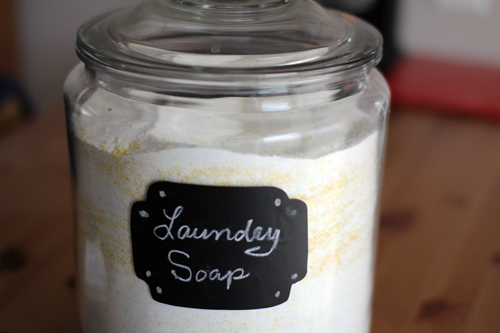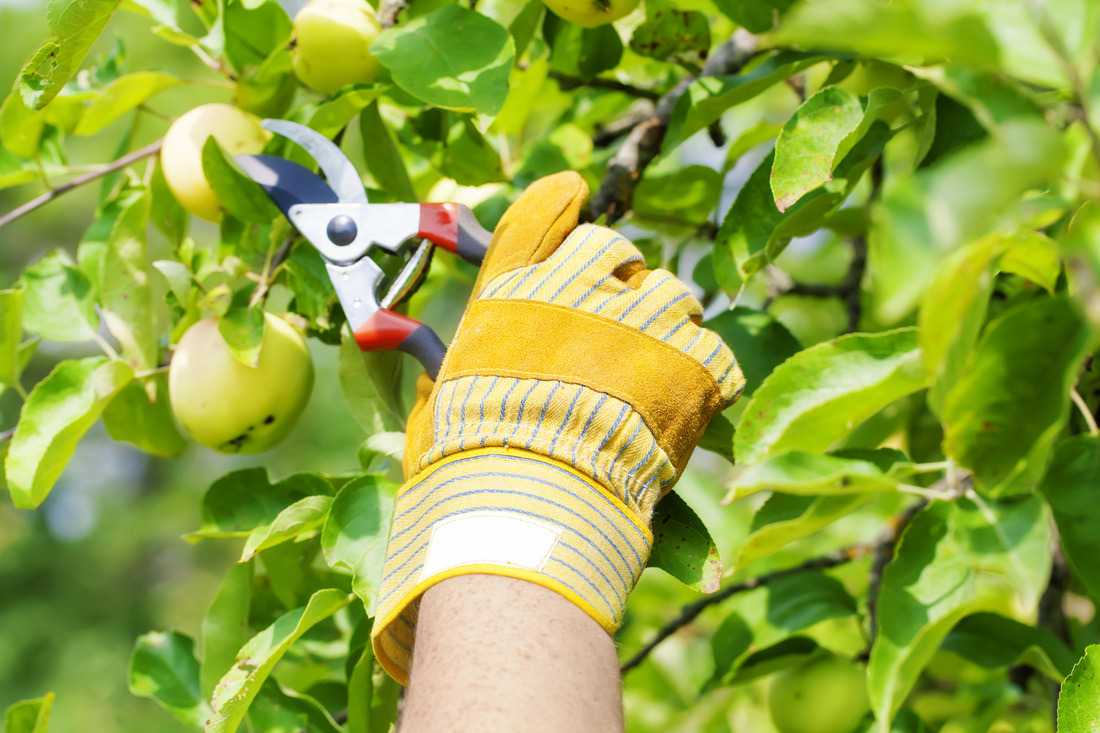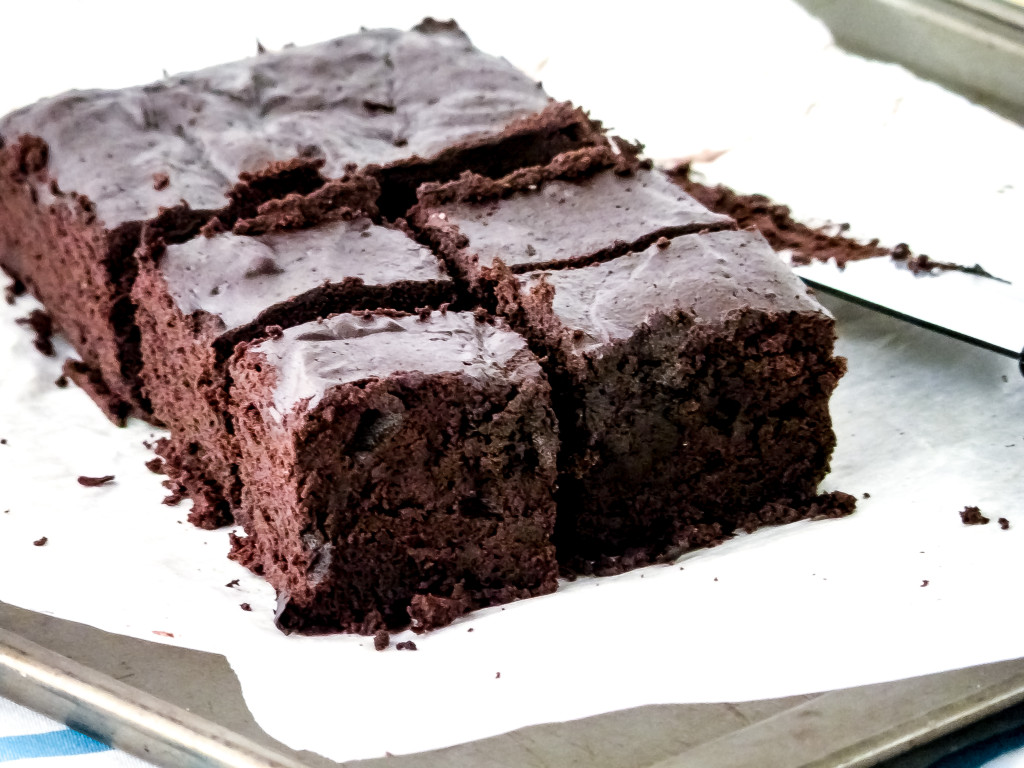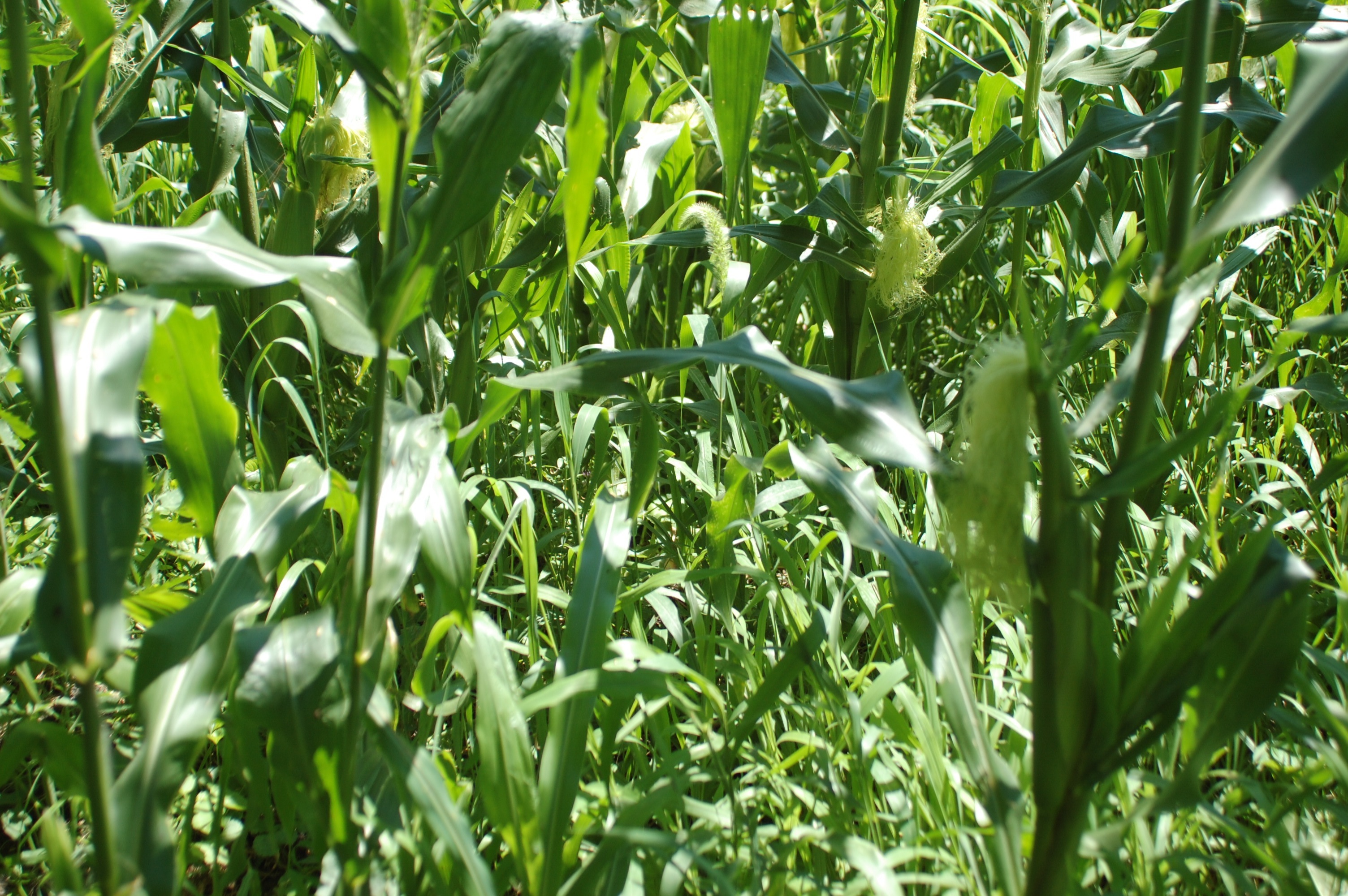Make Your Own Powdered Laundry Detergent
Are you tired of buying overpriced laundry detergent that has too much scent? As a homesteader, you should be making your own laundry detergent. You will find that with a few simple ingredients, you can create laundry detergent that works just as well as what you buy, and it will save you quite a bit … Read more








